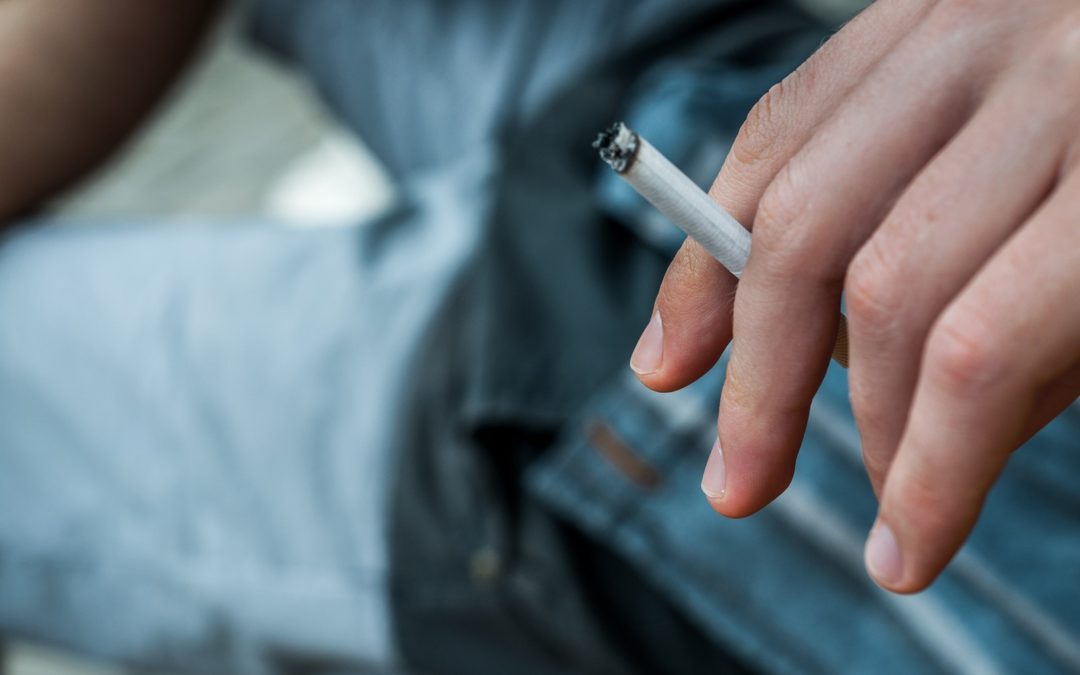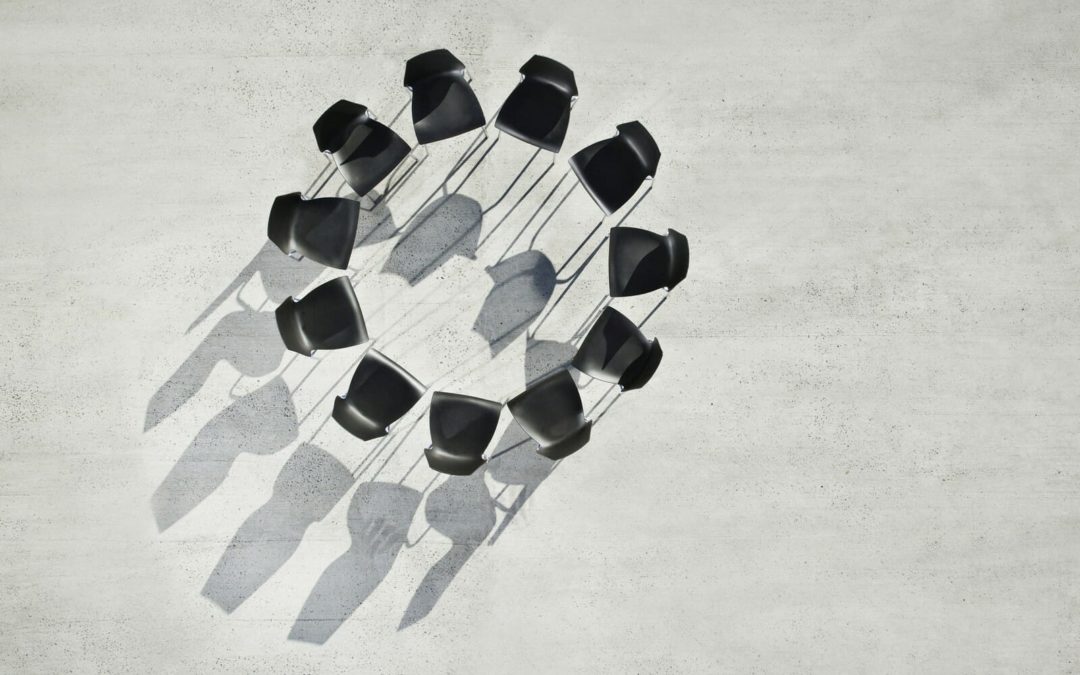Table of Contents
Marijuana is the most frequently used drug among teens, after alcohol, and many teens and their families don’t realize that it is addictive. However, data show that teens who begin using cannabis before 18 are 4 to 7 times more likely to develop a marijuana use disorder [1].
A survey from the National Institute on Drug Abuse (NIDA) reports that only 20% of teens perceive any risk from regularly smoking cannabis, which can complicate how receptive they are to treatment [2].
Treating marijuana addiction effectively in teens means addressing the underlying reasons behind their cannabis use, such as mental health problems, academic stress, and boredom, and educating teens on the real risks that exist when cannabis is abused.
Why Do Teens Use Marijuana?
Boredom, stress, social bonding, or just the desire to get high. These are just some of the reasons why marijuana is popular among teens. Teens with mental health problems are also at a higher risk for marijuana abuse, using the drug to self-medicate with painful feelings. Let’s explore these reasons more below:
- Enjoyment: According to a study from UC Davis, the number one motivator for teens to use marijuana is to feel good or get high [3].
- Peer Influence: According to the Drug-Free Kids Study, 29% of teens report using marijuana because their friends do [4].
- Experimentation: Curiosity is a common initial reason a teen tries cannabis for the first time, wanting to know what it feels like or to relax.
- Stress or Mental Health: Many teens report using marijuana as a way to manage uncomfortable feelings such as depression, anxiety, and anger.
In 2004, the University of Maryland Center for Substance Abuse Research developed a list of warning signs parents and family members can use to spot the indicators that could predict a marijuana problem in teens [5].
According to the research, teens who participate in the behaviors below are at a higher risk of developing a cannabis use disorder:
- Smoking/drinking before age 15
- Missing school more than 20 times
- Legal trouble for drugs or alcohol
- Belief their parents find drug or alcohol use acceptable
- Belief that drugs and alcohol are safe to use
- Teens who have experienced trauma or struggle with PTSD
How Marijuana Affects Teens During The Developmental Years
According to Dr. Schuster from Massachusetts General Hospital, “tetrahydrocannabinol, the active ingredient in marijuana commonly known as THC, targets the frontal lobe of the brain, which is critical for important functions like cognition and impulse control. The frontal lobe is also one of the last areas of the brain to develop, leaving teens and young adults particularly vulnerable to these effects”.
His research into cannabis effects on the teenage brain found that non-users performed better than users in several areas of cognition, including attention, sustained attention, and executive function. It has been linked to several mental health problems, including depression, social anxiety, and psychosis (studies show there is an association between developing schizophrenia and earlier cannabis use) [6].
Warning Signs of Marijuana Addiction in Adolescents
Cannabis use in teens can affect all aspects of their lives and impact their behavior, moods, thoughts, and feelings. Some of the negative effects of cannabis in teens and signs they could be struggling with a marijuana addiction include:
- Finding weed in the home or their belongings
- Smelling weed on their clothes, breath, or from their room
- Finding paraphernalia (pipes, bongs, rolling paper, ashtray)
- Decline in school performance, trouble focusing, difficulty problem-solving, problems with memory and learning
- Reduced motor skills, lack of energy
- Isolation, social withdrawal, anxiety, depression
- Secretive behavior, lying, stealing money
- Frequently talking about weed or consuming cannabis content (music, slang, having cannabis art on their walls)
Challenges of Treating Marijuana Addiction in Teens
Treating cannabis addiction in teens can be a challenge, as many perceive it as safe, and its normalization among youth can make it more difficult to avoid. Some of the most common challenges that complicate treatment for marijuana addiction in teens include:
- Strength: Today’s marijuana is much different from what was available in the 1960s and 70s. Potency has risen from rates of 1-2% THC to 20-25% THC (with some cannabis concentrates now available going as high as 70-90%). This can complicate detox and increase the intensity of withdrawal symptoms.
- Perceived Safety: Teens often view cannabis as harmless or less risky, especially now that many states have legalized it. This can blur boundaries and make teens less motivated or likely to seek help.
- Peer Influence: Cannabis has a strong association with peer influence, and social pressures can reinforce use, making recovery challenging.
- Occurring Mental Health Challenges: Teens who self-medicate with marijuana to cope with depression, trauma, or anxiety often need integrated treatment to address both their mental health and addiction.
Clearfork Academy’s Approach to Teen Marijuana Addiction
Clearfork Academy is a network of behavioral health facilities in Texas committed to helping teens recover from behavioral addictions, substance abuse, and mental health disorders. Our licensed and accredited facilities are dedicated to providing comprehensive, evidence-based care and education for parents and caregivers of youth.
We understand the challenges that arise in treating cannabis use disorder in teens and take a specialized approach guided by youth development to tailor our treatment programs. We educate parents and caregivers on the risks of cannabis, help teens make smart decisions and say no to peers, and address underlying trauma or mental health challenges that influence cannabis use.
Our licensed therapists and clinical psychiatric team can help your teen end the cycle of addiction and build healthy habits for adulthood. Contact our admissions team today.
Sources
[1] SAMHSA. 2019. Preventing Marijuana Use Among Youth.
[2] National Institute on Drug Abuse. 2013. Marijuana Facts for Teens.
[3] Howard, L. 2023. Teens use cannabis for coping and enjoyment. UC Davis Health and University.
[4] Maggs, L. et al. (2019). Reasons High School Students Use Marijuana: Prevalence and Correlations With Use Across Four Decades. Journal of studies on alcohol and drugs, 80(1), 15–25.
[5] Wallace, B. et al. Risk Factors Predicting Changes in Marijuana Involvement in Teenagers. JAMA Psychiatry.
[6] Department of Psychiatry. 2016. Marijuana and The Teen Brain. Harvard Medical School.

Mike Carter, LCDC
Alumni Relations Manager
Mike grew up on a dairy farm in Parker County, Texas. At the age of 59, he went back to college and graduated 41 years after his first graduation from Weatherford College. God placed on his heart at that time the passion to begin to help others as they walked from addictions, alcoholism, and abuse of substances. He is a Licensed Chemical Dependency Counselor and in the past few years he has worn many hats, from intake and assessment, group counseling, individual and family counseling, intensive outpatient and now he is working with clients, therapist, and families on discharge planning and aftercare. He also coordinates our Alumni Outreach Program.




